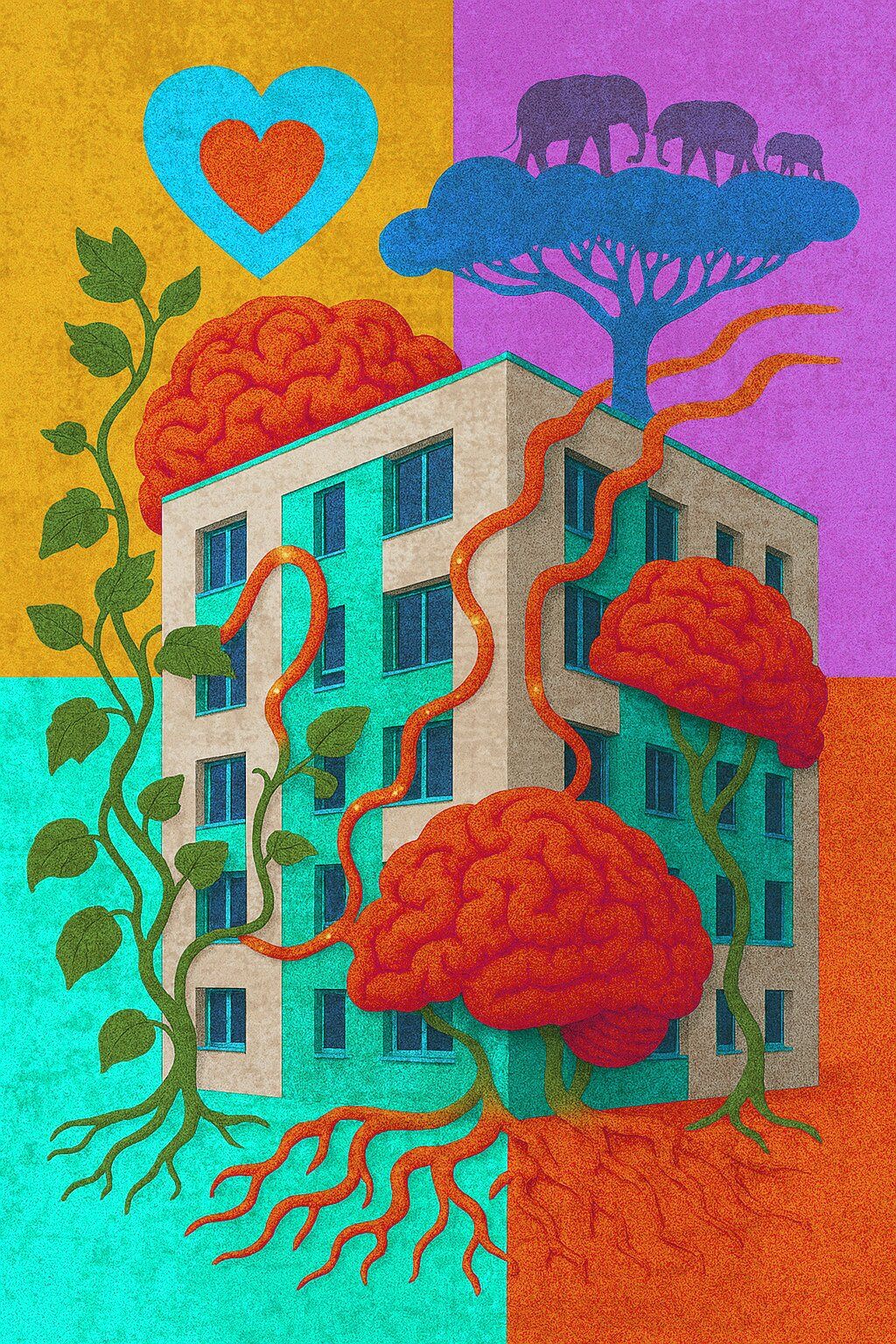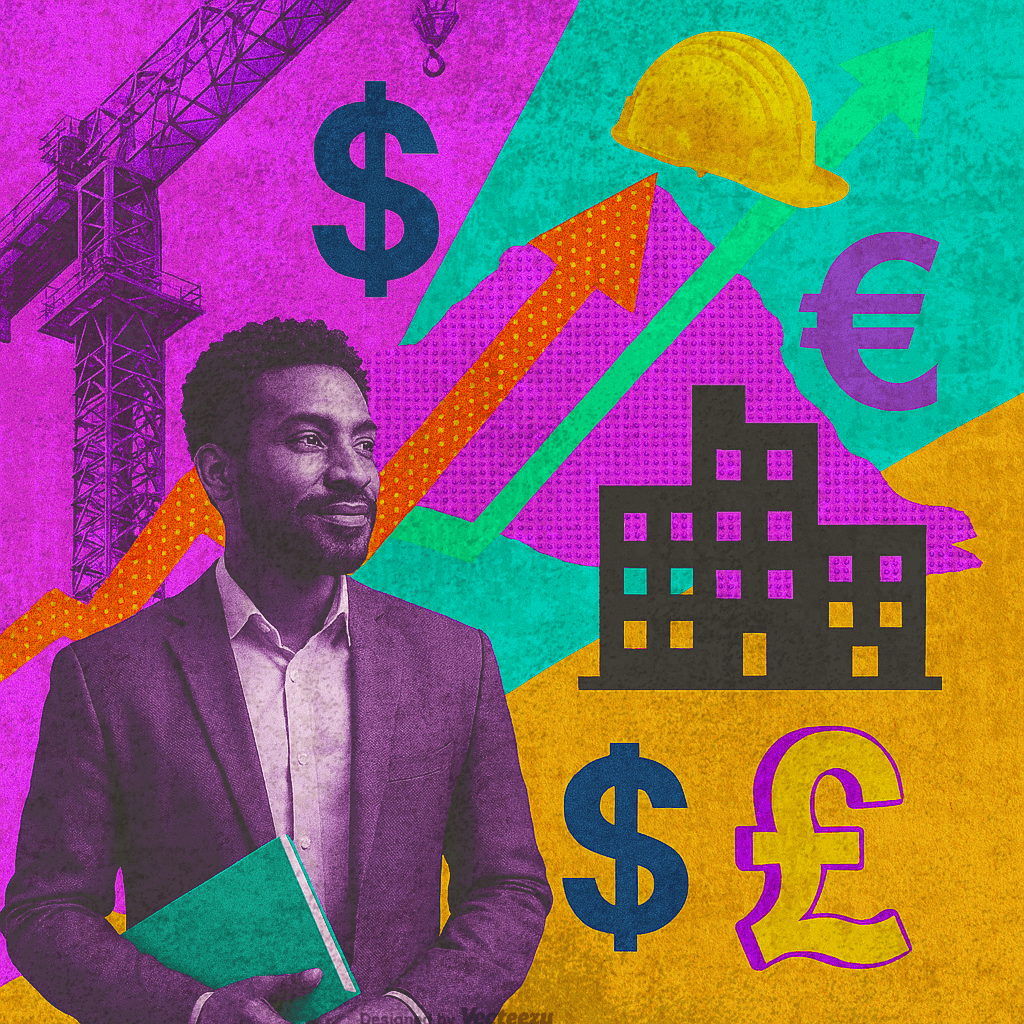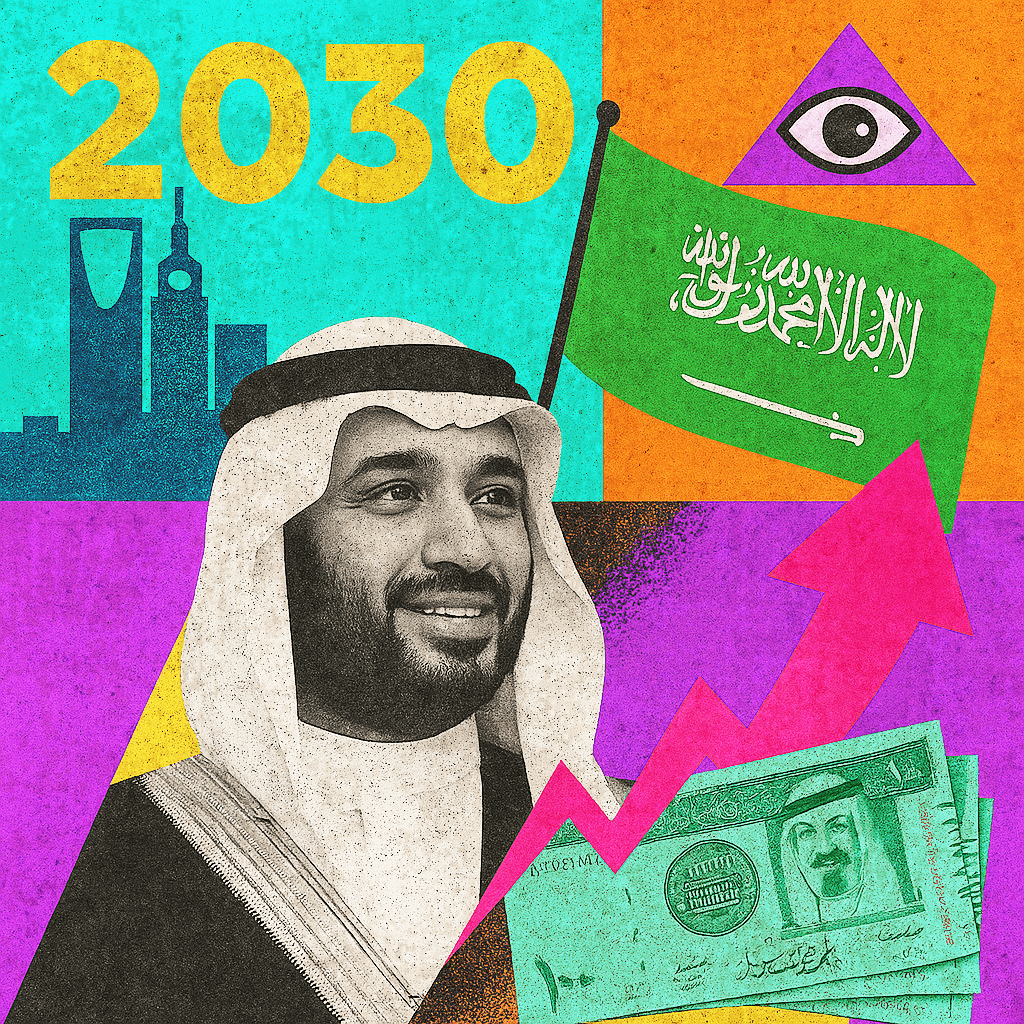Bridges, Not Silos: Integrating Instructional and Service Design for Inclusive Learning Systems
Learning doesn’t live inside content. It lives inside systems. In every sector—healthcare, humanitarian aid, education, civic tech—learning plays a critical role. Teams need onboarding. Communities need awareness. Programs need continuous capacity-building. But in most organizations, learning design and service delivery si
The Architecture of Care: Rethinking Built Environments for Mental Health and Belonging
Good design holds people—not just their tasks. Spaces carry memory. People walk into a room and immediately sense whether they are safe, welcome, invisible, or surveilled. These responses aren’t abstract. They’re embodied. The built environment directly affects how we regulate emotion, navigate uncertainty, and form relati
Designing Beyond the Interface: Why Systems Thinking is the New UX
UX isn’t just about screens anymore. It’s about systems—what happens before, after, and beyond the interface. In recent years, we’ve seen the boundaries of user experience (UX) design expand dramatically. Once focused primarily on screens, flows, and wireframes, UX has now become something much broader—and much deeper.
Public-Private Partnerships: Collaborating for Economic Development
Introduction: Public-private partnerships (PPPs) are collaborations that harness the strengths of both the public and private sectors to propel economic development. By combining public goals with private sector efficiency and innovation, PPPs offer a powerful tool for enhancing public welfare and driving economic growth. 1. Cas
Rethinking Education: Building Human Capital in the Global South
The educational landscape worldwide is undergoing significant transformations, necessitating a reevaluation of strategies designed to build human capital in the Global South. This article delves into how traditional educational frameworks in these regions are being redesigned to align more closely with the unique socio-economic
The Role of SMEs in Driving Economic Growth in Emerging Markets.
The role of Small and Medium-sized Enterprises (SMEs) in driving economic growth, particularly in emerging markets, is a significant and multifaceted topic. SMEs are often considered the backbone of the economy, providing a substantial share of employment and playing a key role in innovation and market competition. Their impact
Trade Without Borders: The Impact of Free Trade Agreements in the Global South
Introduction Free Trade Agreements (FTAs) remove trade barriers between countries with the aim of boosting economies through increased exports and imports. This article examines the effects of FTAs on countries in the Global South, focusing on economic growth, societal changes, and environmental impacts. Historical Context FTAs
BRICS Nations: Shaping the New World Economic Order
The emergence of the BRICS nations (Brazil, Russia, India, China, and South Africa) as significant players on the global stage has prompted discussions and analyses regarding their role in shaping a new world economic order. This collective group of emerging economies, distinguished by their rapid industrialization, increasing m
Vision 2030 and Beyond: Transforming Saudi Arabia’s Economy
In 2016, Saudi Arabia embarked on an ambitious plan to transform its economy by the year 2030. Dubbed “Vision 2030,” the initiative seeks to diversify the kingdom’s economy beyond oil, foster economic development, and address various social and infrastructural challenges. As the deadline draws closer, it’
Female Farmers: The Backbone of Sustainable Agriculture in Africa.
Women play a central role in African agriculture, contributing significantly to food security and the development of sustainable practices, despite facing considerable challenges. Their work is crucial for the agricultural sector, but they often do not receive the same access to resources, such as land, credit, and education, as











